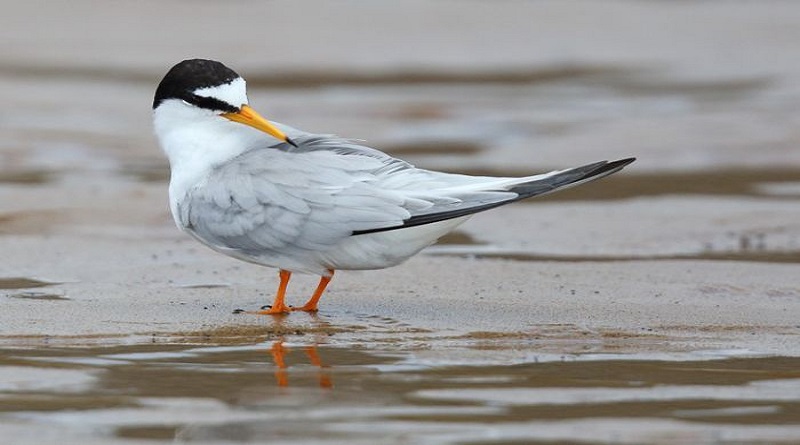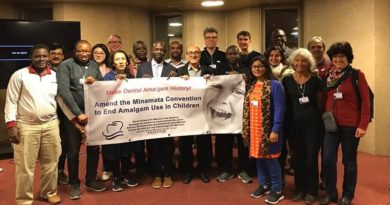Celebrating 25 years of International Waterbird Conservation
For the past 25 years, millions of migratory waterbirds that link Africa, Europe and parts of Asia have benefitted from the collective work being carried out by countries and other actors under the framework of the African-Eurasian Migratory Waterbird Agreement (AEWA).
Signed on 16 June 1995 in The Hague, the Netherlands, the intergovernmental treaty dedicated to conserving migratory waterbirds across African and Eurasia has a geographical range that stretches across 119 countries. With currently 80 Contracting Parties, including 38 from Africa and 42 from Eurasia including the European Union, AEWA is the largest legally binding instrument concluded under the Convention on the Conservation of Migratory Species of Wild Animals (CMS).
“For a quarter of a century, AEWA has successfully established and implemented internationally agreed conservation measures for a range of migratory waterbirds in an area that stretches from the northern reaches of Canada and the Russian Federation to the southernmost tip of Africa. In doing so, AEWA has helped foster the international cooperation that is essential to protecting and sustainably managing migratory waterbird populations and their habitats across borders,” says AEWA’s Executive Secretary Jacques Trouvilliez.
AEWA allows countries across the African-Eurasian flyway to work together to better conserve and sustainably use more than 550 populations of a total of 255 species of birds ecologically dependent on wetlands for at least part of their annual cycle. These include many species of divers, grebes, pelicans, cormorants, herons, storks, rails, ibises, spoonbills, flamingos, ducks, swans, geese, cranes, waders, gulls, terns, tropic birds, auks, frigate birds and even the southern African penguin.
Countries that have joined AEWA have committed to a series of measures intended to ensure the conservation and sustainable use of the waterbirds covered by AEWA. These measures include a series of actions geared towards protecting and restoring waterbird habitat, managing human activities, engaging in research and monitory as well as carrying out education and capacity-building initiatives that support international conservation efforts.
“While AEWA’s successes have been significant, the pressures on waterbirds and the wetland and coastal habitats they need to survive continue to grow across the flyway. We must redouble our efforts and we must reach out and engage those whose activities may still be harming waterbrids. The time to invest in and step up our action for nature is now,” says Trouvilliez.
Numerous pressures resulting from a growing human population as well as pollution, unsustainable use and illegal killing continue to threaten waterbirds and their habitats across Eurasia and Africa. Climate change is compounding existing threats and is increasingly affecting habitats and migration routes, causing a shift in both migration range and timing.
“AEWA’s strength has been not only to connect governments – its formal signatories – but also to bring together multiple interest groups that all share a common concern for migratory waterbirds: whether they be individuals or organizations; governmental or non-governmental; from north or south. There is no doubt this has reduced the pressure on waterbirds and their wetland habitats,” said David Stroud, a renowned waterbird expert from the United Kingdom and Honorary Patron of AEWA.
To mark the anniversary of the treaty, the AEWA Secretariat has developed a dedicated 25th Anniversary Webpage, which brings together some of the history and highlights of the past 25 years of international waterbird conservation under the Agreement. It also features an exciting new film that is being launched globally to coincide with the anniversary, which highlights the importance of a few of the critical waterbird sites found across the African-Eurasian Flyway. The anniversary page also features messages of support and a growing collection of statements made by people that have helped shape and guide the work of the treaty to date.




